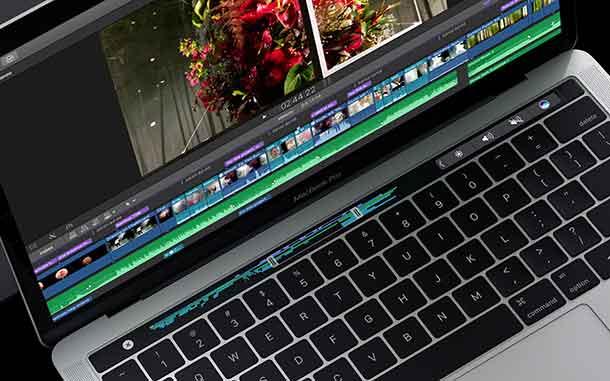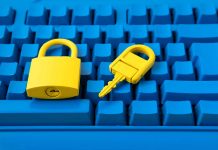 LONDON – TECH – For years, Mac users have enjoyed the feeling their machines are immune from viruses so there’s no need for anti-virus software. Today it appears that Mac computers can indeed get infected with viruses and malware.
LONDON – TECH – For years, Mac users have enjoyed the feeling their machines are immune from viruses so there’s no need for anti-virus software. Today it appears that Mac computers can indeed get infected with viruses and malware.
While macOS is still a lot more resilient to hacking and ransomware attacks than Windows, Apple itself has recently started to suggest that it would be a good idea for Mac users to protect themselves from such rick. One reason could be that Apple’s share of the computer market has increased dramatically over the last few years. Until recently Macs were largely used by well-paid IT crowd. Now, Macs hit mainstream while still remaining a choice of a discerning computer user. Which for fraudsters means that there’s a lot of valuable data to steal.
Fortunately for users, the way that macOS is constructed protects it well. When Apple had the classic operating system, it was necessary to have an antivirus and have a complete backup updated every day. After the introduction of OS X, the character of the operating system changed because it was based on UNIX programming which is very stable and requires an administrator password to change core functions. For this reason, it seemed unnecessary to use an antivirus program on modern Mac computers as long as one was careful not to open weird links in email or online. Still, anyone can be at risk just by visiting a website that looks completely legitimate but has been compromised by hackers.
Macs have been targeted by malware, including spyware, for years. Let’s start with terminology. Malware is a computer software product that performs certain hidden actions that were not disclosed to the user initially during the installation. Some malware programs, such as adware, can show ad banners, pop-ups, infect web pages with links to some questionable content, and others can trick the user into downloading another piece of malware pretending to be a system update pop-up. And there are viruses which infect other files with their code, attaching itself to that file and causing some form of damage.
While malware is annoying and doesn’t present a lot of danger, except draining computer resources and providing fraudsters with revenue from showing illicit ads or getting traffic, spyware is malicious. It is programmed to collect information about the user of a computer, such as financial information, passwords or other highly sensitive details. There’s also a threat of Trojans which are a non-replicating piece of malicious code which doesn’t infect other files. Trojans provide access to a system via a ‘backdoor’. There are also key-loggers which log keystrokes to steal passwords and credit cards details.
But there’s a proven way to remove malware and possible viruses, and it’s endorsed by Apple itself. You can read more about protecting your Mac here.
Proven Way to Remove Malicious Apps
When you notice a manifestation of malware such as a fake update alert or an ad pop-up, you should quit any Internet browser you are using. Sometimes malware would prevent you from doing it, so use Force Quit function. At some occasions, malware will prompt to install the app during this process. Do not proceed and do not enter your administrator password at any time. Go do Downloads folder and find this exact download package that causes trouble. Drag it to Trash and empty the Trash immediately.
Another way to find the malware in operation is to open Activity Monitor and find malicious program working and consuming memory. Select option Quit Process — you can find it in the upper left corner — and click Quit. Now you can safely remove the folder with the same name from Applications list and drag it to Trash. Remember to check if the malware has not lodged itself to Login app list — check it as well.
There are common methods to minimize risk to your Mac from malware such as downloading apps only from AppStore, doing regular backups, reviewing Applications folder regularly, clearing the cache and browser history. Although Macs have not been infected in the past, it doesn’t mean that they are still safe now.






